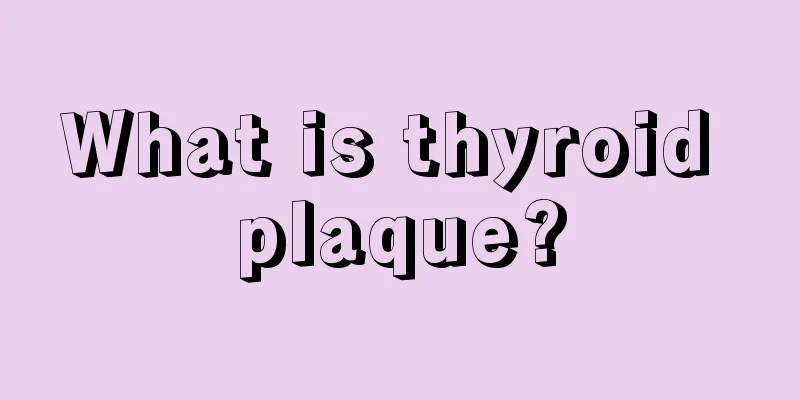Is renal hamartoma benign? How to treat it?

|
Renal hamartoma is a benign tumor that is usually not cause for concern, but it may require observation or treatment depending on the individual case. Treatment options include regular follow-up, medication, and surgical removal, depending on the size of the tumor, symptoms, and the patient's health. Renal hamartoma is a tumor composed of abnormally proliferating blood vessels, smooth muscle and adipose tissue in the kidney. Most of them are benign and have a very low probability of malignancy. Although it is a benign tumor, some patients may experience symptoms such as low back pain, hematuria or abdominal mass due to tumor enlargement or special location. For patients with no symptoms and small tumors, regular imaging examinations are usually recommended for follow-up to monitor tumor changes. 1. Regular follow-up: For renal hamartomas with a diameter of less than 4 cm and no symptoms, doctors usually recommend an ultrasound or CT scan every 6-12 months to observe whether the tumor has enlarged or changed abnormally. This conservative treatment is suitable for most patients, especially when the tumor grows slowly and has no obvious symptoms. 2. Drug treatment: There is currently no specific drug that can directly treat renal hamartoma, but for some patients, doctors may use drugs to control related symptoms. For example, for hematuria symptoms, hemostatic drugs such as tranexamic acid can be used; for pain, non-steroidal anti-inflammatory drugs such as ibuprofen or acetaminophen can be used to relieve discomfort. 3. Surgical resection: For patients with large tumors, usually larger than 4 cm, growing rapidly or causing severe symptoms, surgical resection is the main treatment. Surgical methods include partial nephrectomy, total nephrectomy and minimally invasive surgery such as laparoscopic surgery. Partial nephrectomy is suitable for cases where the tumor is confined to a certain part of the kidney and can preserve kidney function to the maximum extent; total nephrectomy is suitable for patients with large tumors or involving the entire kidney. Minimally invasive surgery has less trauma and faster recovery, and has become the preferred surgical method. Although renal hamartoma is benign, patients still need to pay attention to regular check-ups, especially when the tumor is large or symptoms occur, and seek medical attention in a timely manner. Through scientific management and appropriate treatment, most patients can maintain a good quality of life. If the tumor is found to be enlarged or discomfort occurs, be sure to communicate with the doctor to develop a personalized treatment plan. |
<<: Early symptoms and signs of lung cancer
>>: What is early stage osteosarcoma
Recommend
Syndrome differentiation and treatment of liver depression and blood dryness type skin cancer
my country has records of traditional Chinese med...
How long to take mycoplasma minocycline
Mycoplasma infection is a very common disease in ...
What is root canal treatment for tooth decay?
Tooth decay is a disease that seriously damages t...
How to treat white spots on fingernails?
The appearance of white spots on fingernails is a...
Can people with liver cancer eat garlic
If it is in the early stage of liver cancer, the ...
What causes pointed feet
Pointed feet can be divided into two types, physi...
What to do if closed comedones recur on cheeks
Many people are very concerned about their skin c...
How is the effect of hot compress on knee joint effusion
I believe that many people will not feel unfamili...
How are urethral polyps treated?
The occurrence of urethral polyps makes many pati...
What are the tests for bladder cancer
Bladder cancer is a common malignant tumor of the...
How to treat nasopharyngeal carcinoma with traditional Chinese medicine?
In recent years, nasopharyngeal carcinoma has bec...
Can nasopharyngeal carcinoma turning into lymphoma be treated? Can it be cured?
Nasopharyngeal carcinoma metastases to lymphoma c...
What is the best shampoo for dandruff
Many people suffer from dandruff. When we see dan...
How much does it cost to treat kidney cancer?
If you have a disease, you need treatment as soon...
Can tongue cancer cause headaches?
Generally speaking, patients with tongue cancer m...









